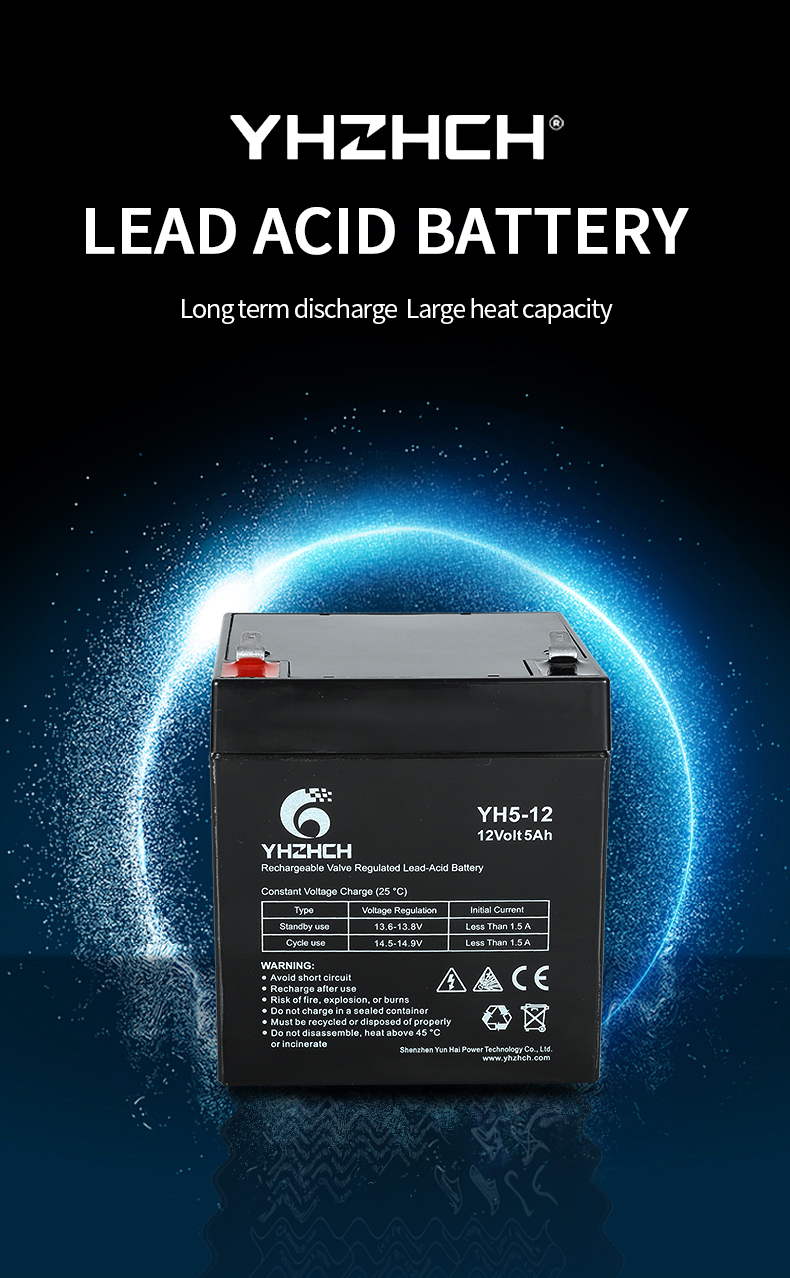Choosing a suitable lead-acid battery requires comprehensive consideration of various factors such as usage scenarios and performance requirements. Here is a detailed selection guide:
1、 Clearly define usage scenarios and requirements
1. Determine the type of use
Starting type batteries (such as cars and motorcycles):
Characteristics: Strong instantaneous high current discharge ability (used for starting the engine), but short deep cycle life.
Key indicators: Cold start current (CCA), rated capacity (Ah).
Energy storage/fixed type batteries (such as solar energy storage, communication base stations):
Features: Supports long-term stable discharge, with a long cycle life (requiring frequent charging and discharging).
Key indicators: number of cycles, deep discharge capability (such as supporting 80% DOD deep discharge).
Power type batteries (such as electric vehicles, golf carts):
Features: Medium current continuous discharge, balancing endurance and lifespan.
Key indicators: continuous discharge current, energy density, weight.

2. Voltage and capacity matching
Voltage requirement: Select according to the rated voltage of the equipment (such as 12V, 24V, 48V, etc.), and pay attention to consistency when multiple batteries need to be connected in series/parallel (to avoid capacity differences that may shorten their lifespan).
Capacity calculation:
Equipment power (W) x usage time (h) ÷ battery voltage (V)=theoretical capacity (Ah).
It is recommended to reserve 20% to 30% redundancy (if 100Ah is theoretically required, 120Ah can be selected) to avoid excessive discharge and damage to the battery.
2、 Comparison of core performance parameters
1. Lifespan and number of cycles
Floating charge life (fixed type battery): The service life under constant voltage charging state (such as 10-15 years).
Cycle life (power/energy storage type): Full charge and discharge cycle times (ordinary lead-acid batteries about 300-500 times, gel/AGM batteries can reach 600-800 times).
Attention: Shallow discharge (such as discharging only 20% of the battery each time) can extend the actual lifespan.
2. Discharge performance
Cold start capability (starter type battery): instantaneous discharge capability in low-temperature environments (higher CCA value is better, such as ≥ 600A at -18 ℃).
High temperature performance: stability in high temperature environments (such as colloidal batteries having better high-temperature resistance than ordinary lead-acid batteries).
3. Maintenance requirements
Ordinary lead-acid batteries: It is necessary to regularly check the electrolyte level and replenish distilled water (suitable for professional maintenance scenarios).
Maintenance free battery (AGM/GEL): Good sealing, no need to add water, suitable for outdoor or difficult to maintain scenarios (but at a higher price).
Reminder: After purchase, it is necessary to record the production date of the battery, regularly check whether the connection terminals are loose, and recharge monthly if not in use for a long time (to avoid deep battery depletion). If you still have doubts about the selection, you can provide specific equipment parameters (such as voltage, power, frequency of use) for further recommendation!



